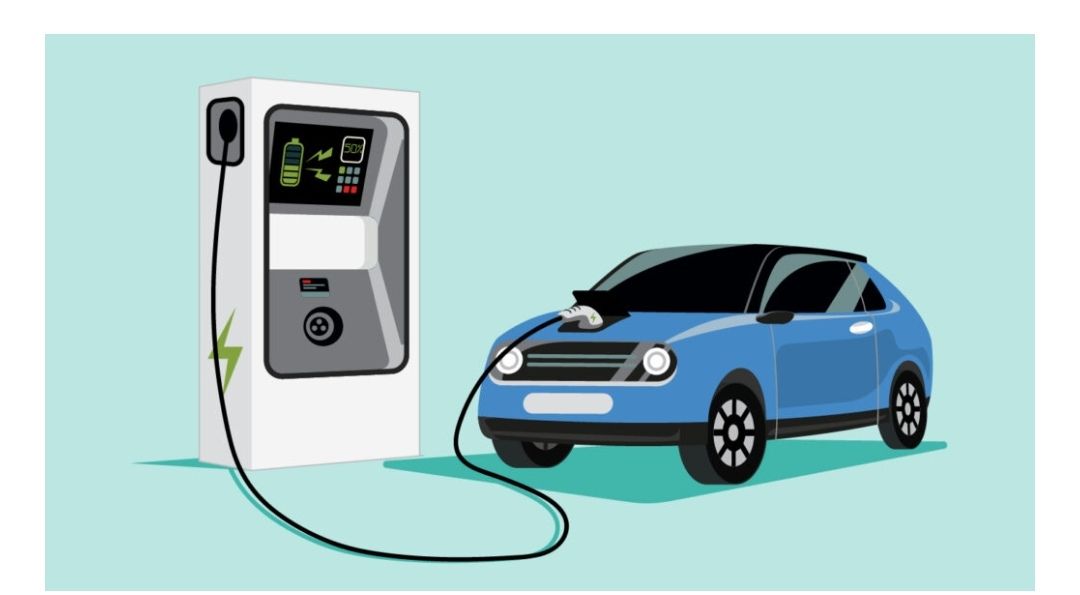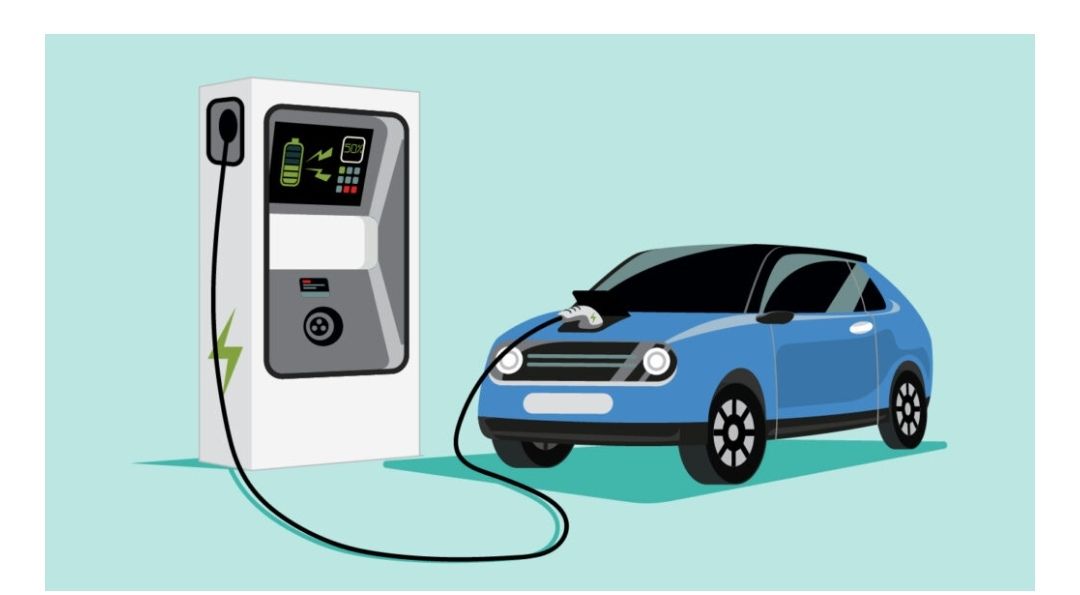Outlining the barriers to large-scale electric vehicles adoption
Kenya has been witnessing a tremendous rise in fuel prices and growing environmental concerns, one would think that electric vehicles (EVs) should be more popular and widespread by now.


Kenya has been witnessing a tremendous rise in fuel prices and growing environmental concerns, one would think that electric vehicles (EVs) should be more popular and widespread by now. But unfortunately, the internal combustion engine still plays the most prominent role in vehicle design. Even though it vastly contributes to the issue of global warming, its production remains strong in the market and continues to hinder EV development.
Despite their established presence in society, EV adoption has been slower than anticipated due to challenges such as carbon emissions and the complexity of producing EVs and their batteries. Nevertheless, manufacturers can significantly reduce the barriers to EV production and encourage consumers to embrace electric mobility.
To facilitate higher power charging, which requires much larger AC-to-DC converters, the converter is built into the charging station instead of the vehicle, and the station supplies already converted DC power directly to the vehicle, bypassing the vehicle's onboard converter. These types of chargers are referred to as level 3 charging or DC fast charging. Level 3 chargers have a typical power rating of 80kW and with about 40 minutes of charge can provide 100 miles of range as opposed to level 1 chargers which would take longer than 20 hours to deliver the same amount of range.
How to break down the barriers to large-scale EV adoption?
1) Making EVs more appealing to consumers
Designing, developing, and producing more attractive EV models for consumers is essential to achieve its full adoption. A good example would be entering the pickup truck segment by creating electric pickup trucks.
2) Produce economically viable models for the industry
This means creating electric vehicles with battery costs that reach economic viability, making them profitable.
3) Finding the talent needed to scale production
Considering that the batteries, electric motors, and software running these vehicles are all relatively new, it is crucial to find those who can design, develop, and produce them at scale. This will surely help to break down the barriers slowing the full adoption of EVs. It's equally important to improve and develop their abilities.
4) Creating the charging infrastructure
To reduce range anxiety - one of the most significant barriers to EV adoption from the start- it is necessary to build the required charging infrastructure. With enough charging infrastructures, consumers are confident in the range of their vehicles and know they can charge them at home, work, etc.
5) Provide proper training and implement EV-related protocols
For instance, several protocols must be followed when handling electric vehicle incidents. Firefighters responding to accidents are a prime example of this, as they require new training to handle EVs involved in accidents and thermal events.
Source:
i) Mckinsey




